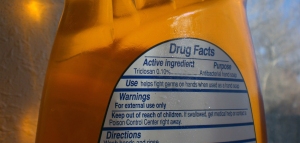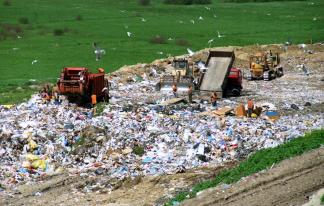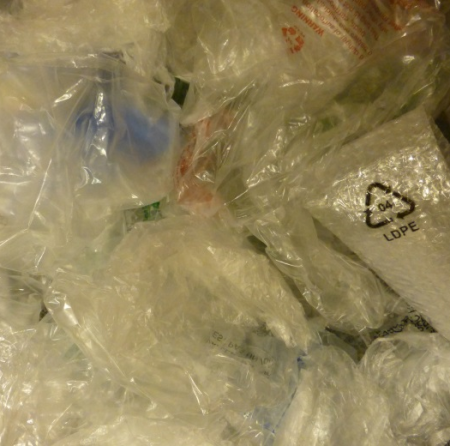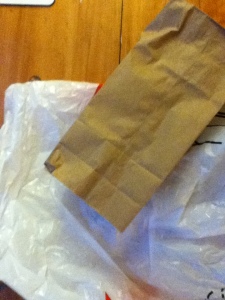
Tag: consumer products


Not Your Daddy’s Sunblock – Why Thick, White Sunblock is a Thing of the Past

The Chemical Story Behind Non-Petroleum-Based Plastics

Nano Contaminants: How Nanoparticles Get Into the Environment

Turning Plastic Bags into Carbon Nanotubes

Cleaning without chemicals? Part I – The use and hazards of traditional cleaning chemicals

Nature’s nanotechnology, bio-mimicry, and making the superpowers of your dreams a reality

How do Lithium Ion Batteries Work? A Nanotechnology Explainer.

New Filter Gives Drinking Water a Silver Lining
